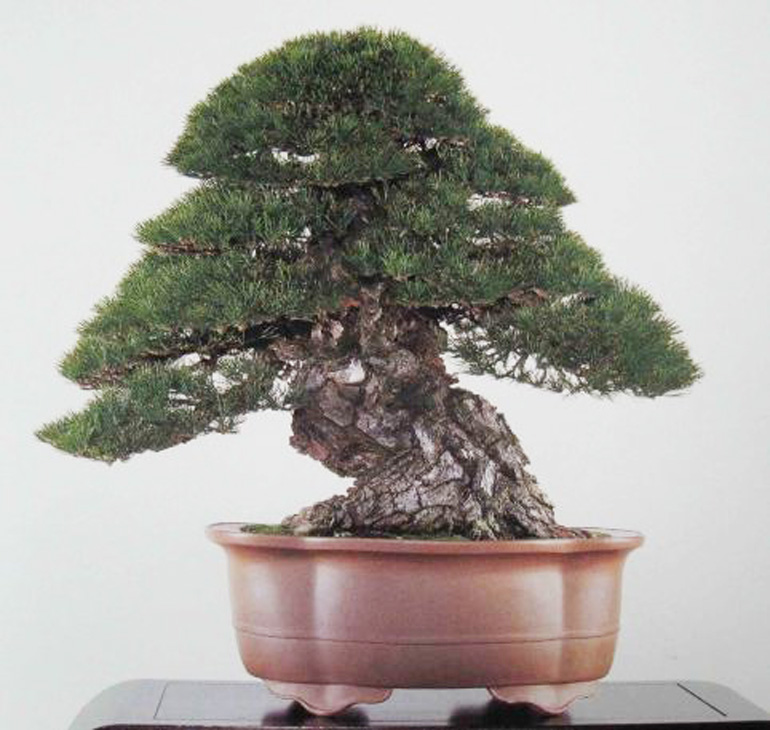
Zuiou 1996 Kokufu prize winner, Japanese Black Pine. From Peter Tea Bonsai (Peter is one of the headliners at the upcoming Bonsai Visions of the West). Here’s some of what Peter wrote about this famous tree: “A few months ago I was fortunate enough to work on this large Japanese Black Pine. The work wasn’t major and involved thinning and pulling needles; standard stuff for Black Pines in the Winter. Just getting a chance to work on this tree was an amazing feeling for me because it tied my past bonsai career to my ending apprenticeship…” (for more visit Peter’s blog).

The Golden State Bonsai Federation with ABS presents Bonsai Visions of the West. October 30th – November 2nd, 2014.
As long as we’re on the West Coast (Rim Shots), The Golden State Bonsai Federation along with the American Bonsai Society is sponsoring Bonsai Visions of the West (October 30th – November 2nd, 2014). The GSBF and the ABS are two of the strongest and most venerable Bonsai societies in North America with long histories of first rate bonsai programs, and this one promises to continue in that tradition.
The list of bonsai artists and teachers reinforces this promise. The headliners are Peter Tea, Kathy Shaner and David De Groot (Rim Shots again). But the names don’t stop there; an impressive list of other well known bonsai people are involve in the seminars and workshops (rather than list them all, you can see for yourself).
There’s still time to make arrangements and the weather in Sacramento at the end of October might just be perfect (they do need rain however, and plenty of it – maybe the deluge will start the day after the program ends).
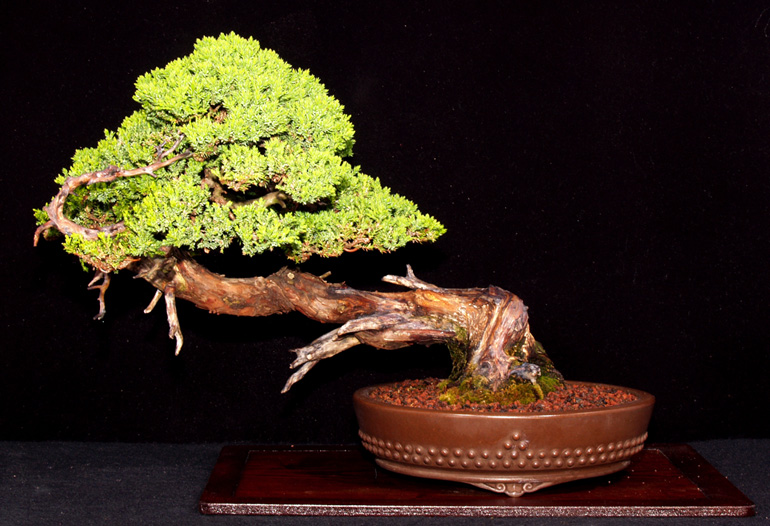
Juniper procumbens ‘nana’ styled by Kathy Shaner. Most pro-nanas don’t have such well developed trunks. The foliage looks a lot like the ‘Green mound’ cultivar that you sometimes find in Southern California (and elsewhere).
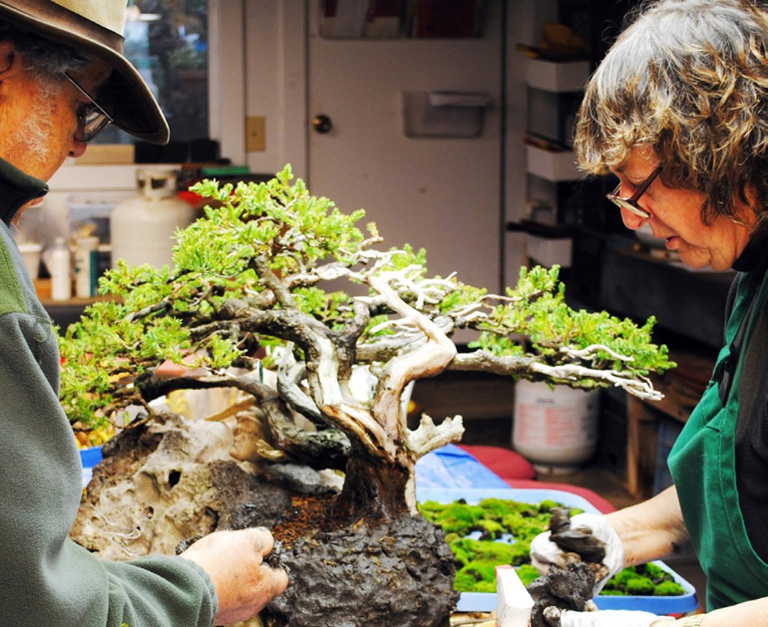
Kathy Shaner and friend working on another Procumbens ‘nana’ (root-on-rock this time).
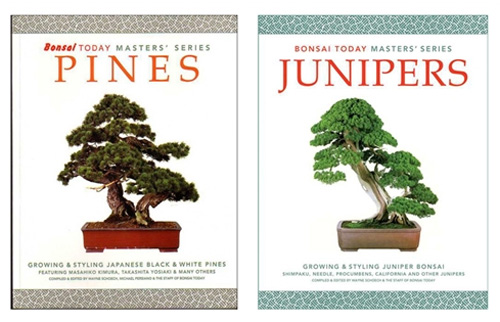
As long as we’re discussing Juniper and Pine bonsai, these two benchmark Masters Series bonsai books are on sale at Stone Lantern along with everything else at our New Site Wide Sale. 20% to 30% off everything.
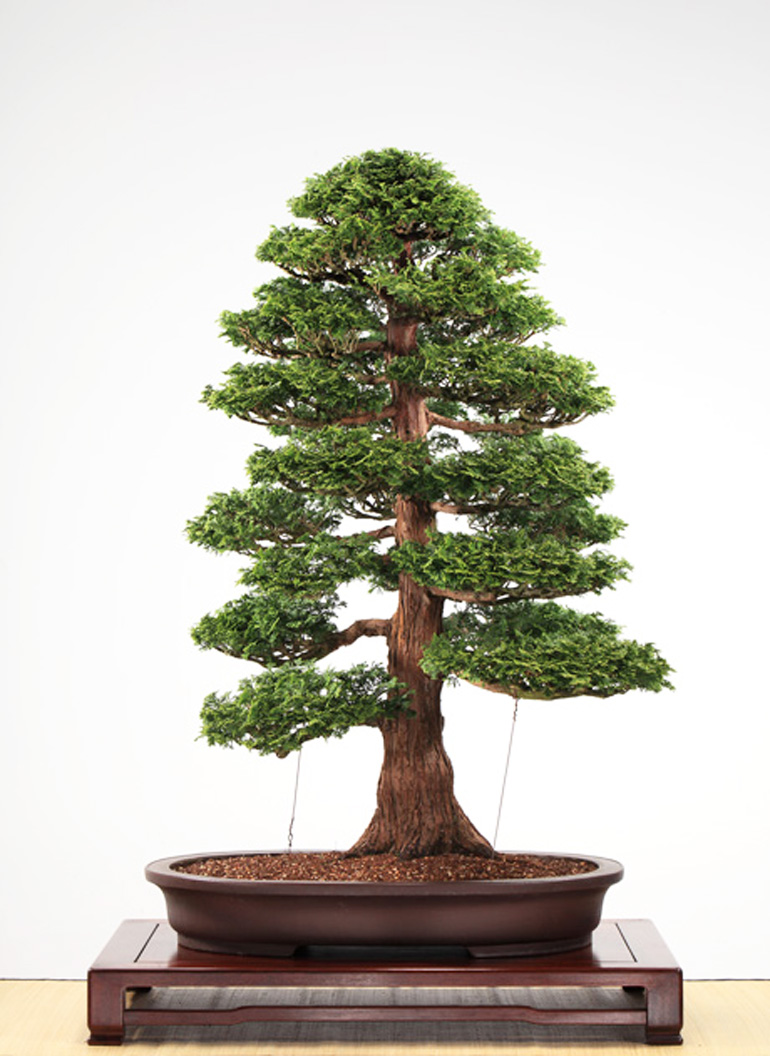
 This is what comes up when visit the
This is what comes up when visit the 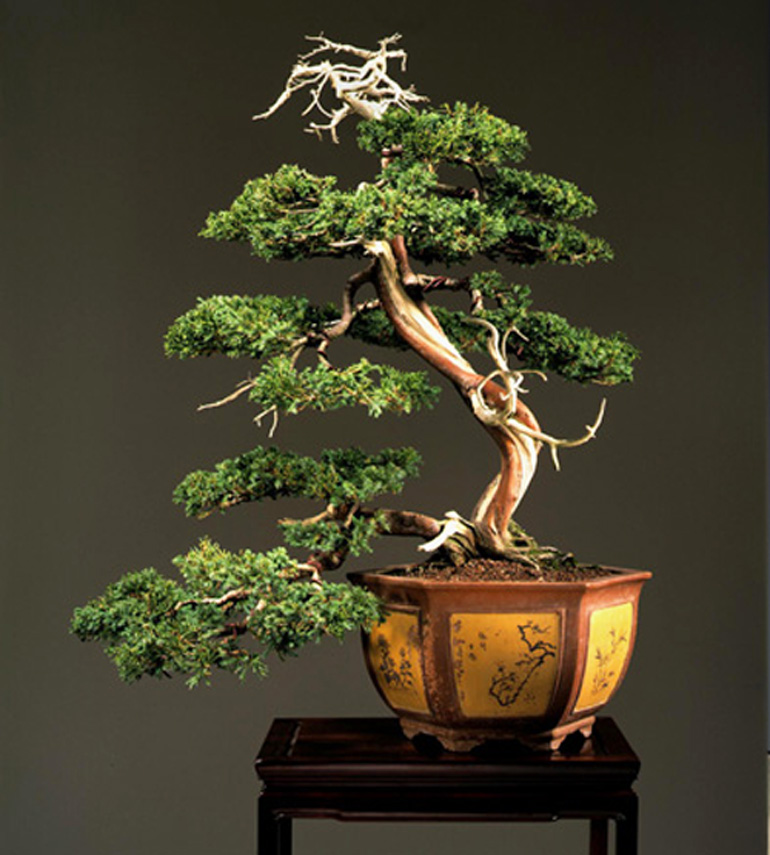
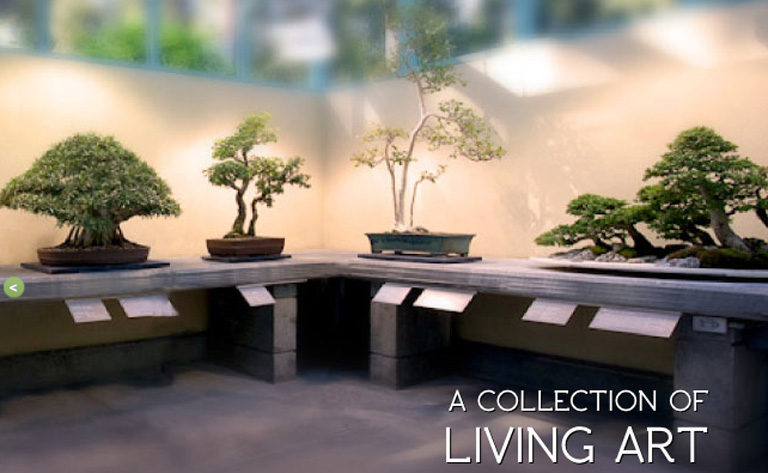
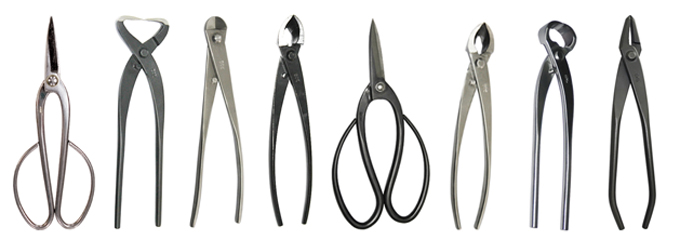 Better tools make for better bonsai.
Better tools make for better bonsai. 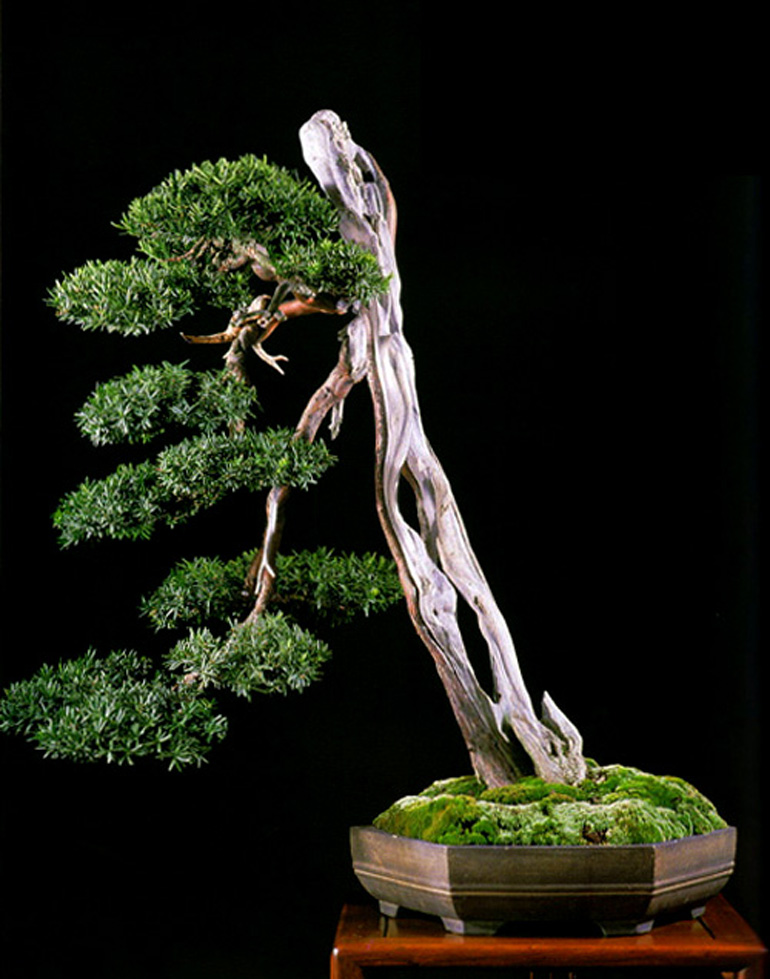 Though it’s not as powerful as many other Kimura trees (see below), nor is it considered one of his classics, still… there’s that unusual trunk that give pause for thought. It’s a Japanese Yew that appears in The Bonsai Art of Kimura (long out of print). There is no explanation given for how the trunk was formed. Is it possible that Kimura split the original trunk and doubled it back on itself?
Though it’s not as powerful as many other Kimura trees (see below), nor is it considered one of his classics, still… there’s that unusual trunk that give pause for thought. It’s a Japanese Yew that appears in The Bonsai Art of Kimura (long out of print). There is no explanation given for how the trunk was formed. Is it possible that Kimura split the original trunk and doubled it back on itself? 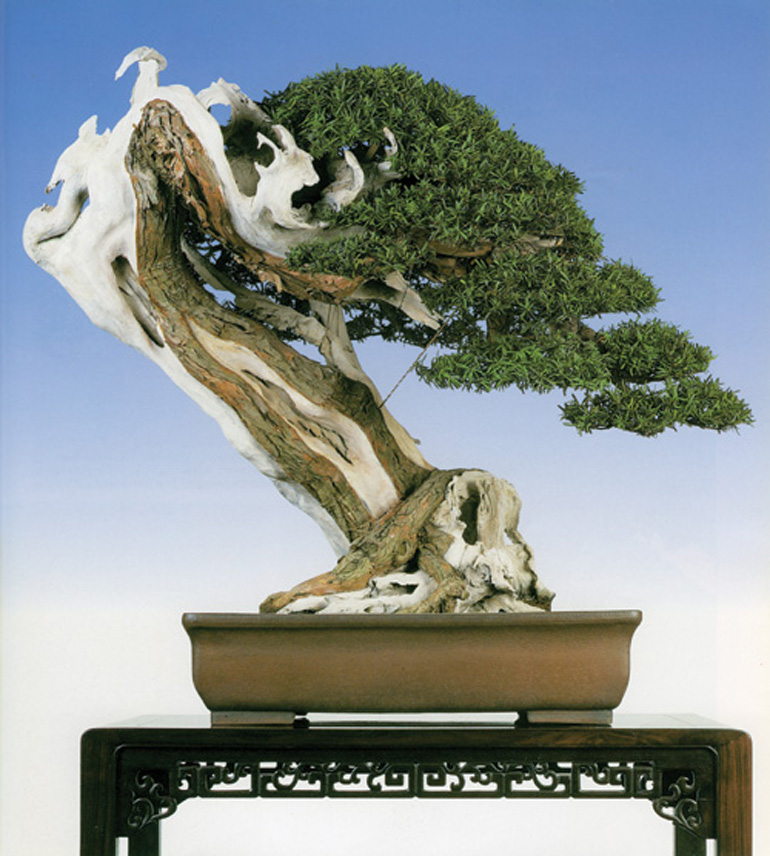
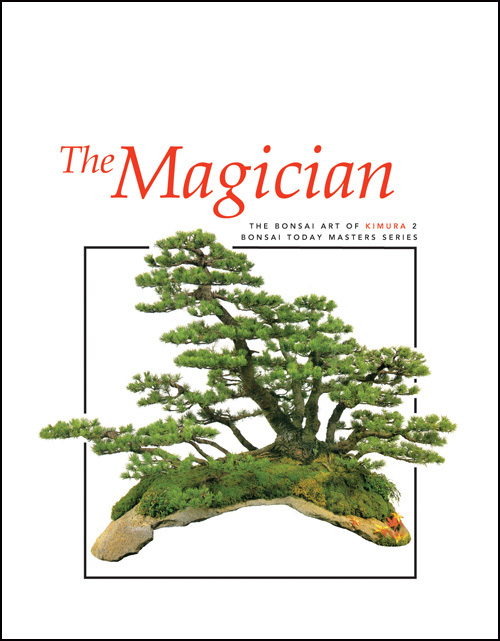
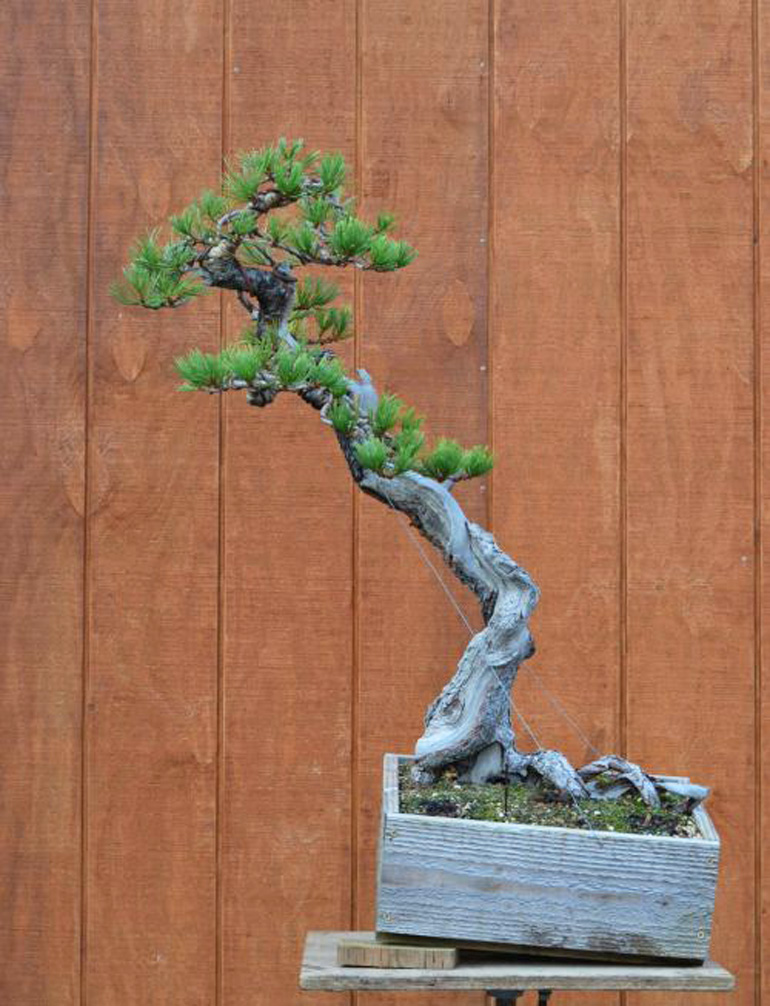
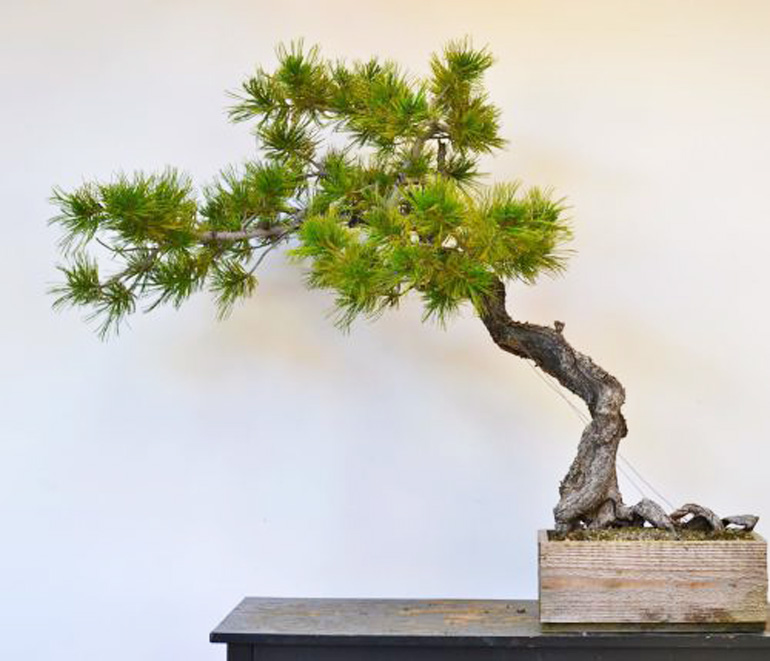
 ‘Helix’ roots. For more photos of this and other remarkable trees,
‘Helix’ roots. For more photos of this and other remarkable trees, 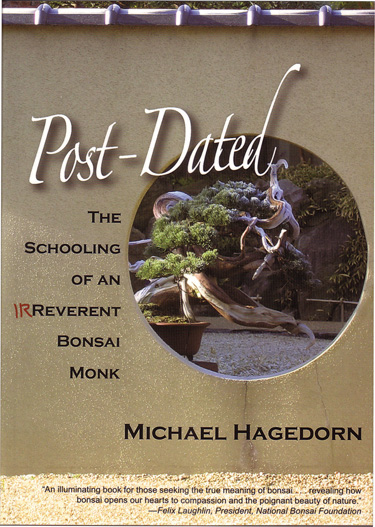
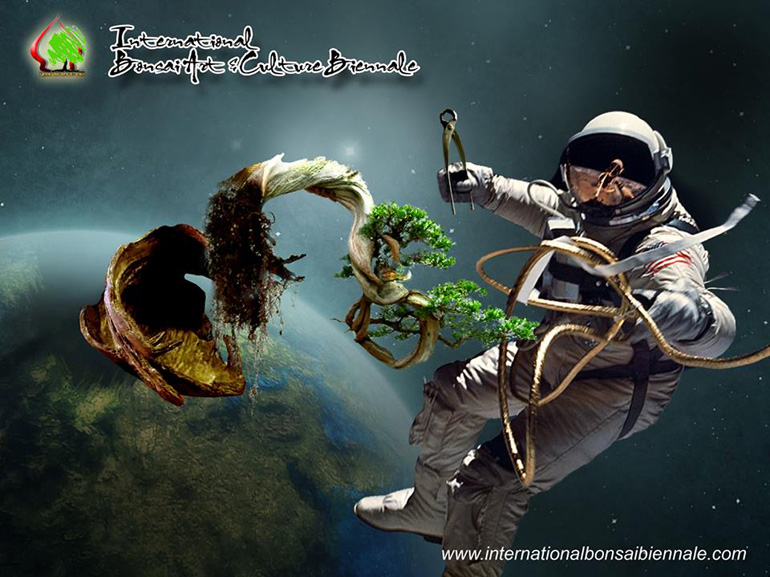 A once in a life time bonsai event. The deadline for registration for the
A once in a life time bonsai event. The deadline for registration for the 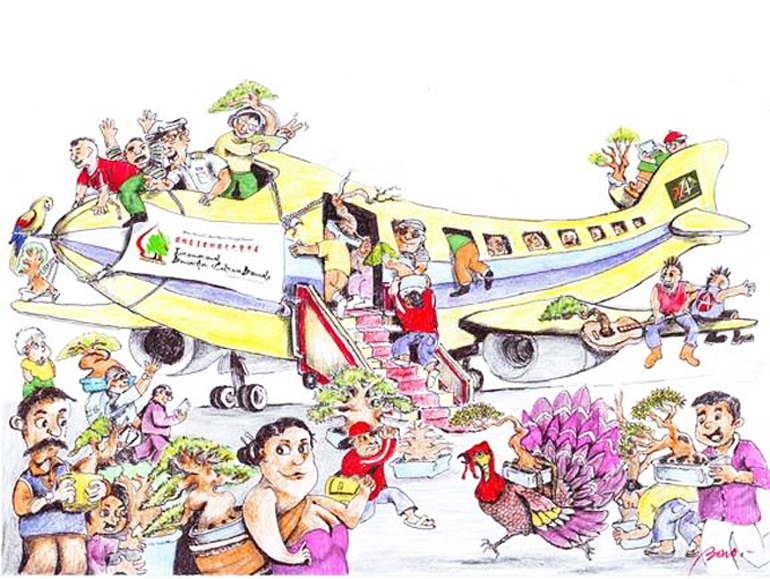
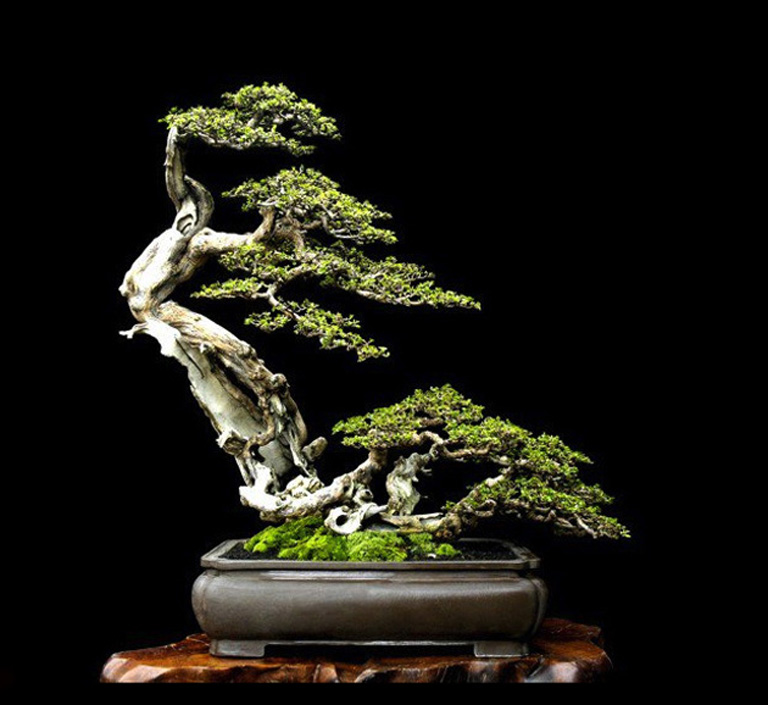

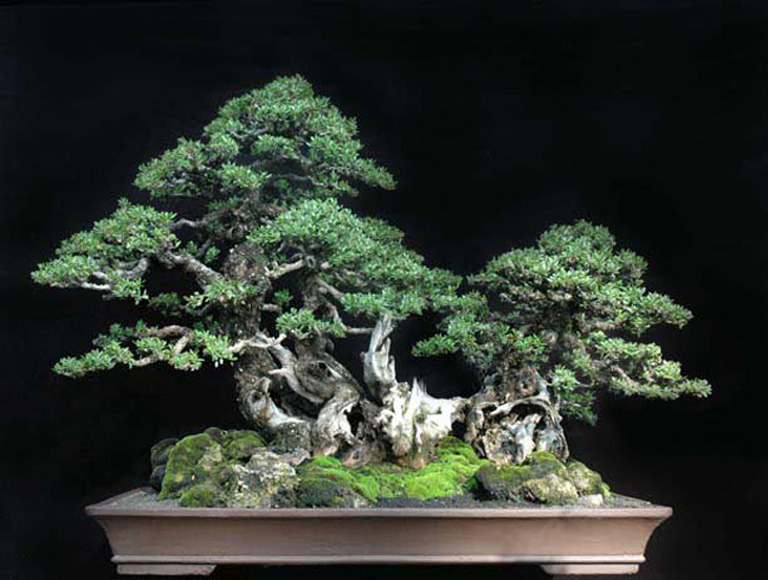
 Robert’s
Robert’s 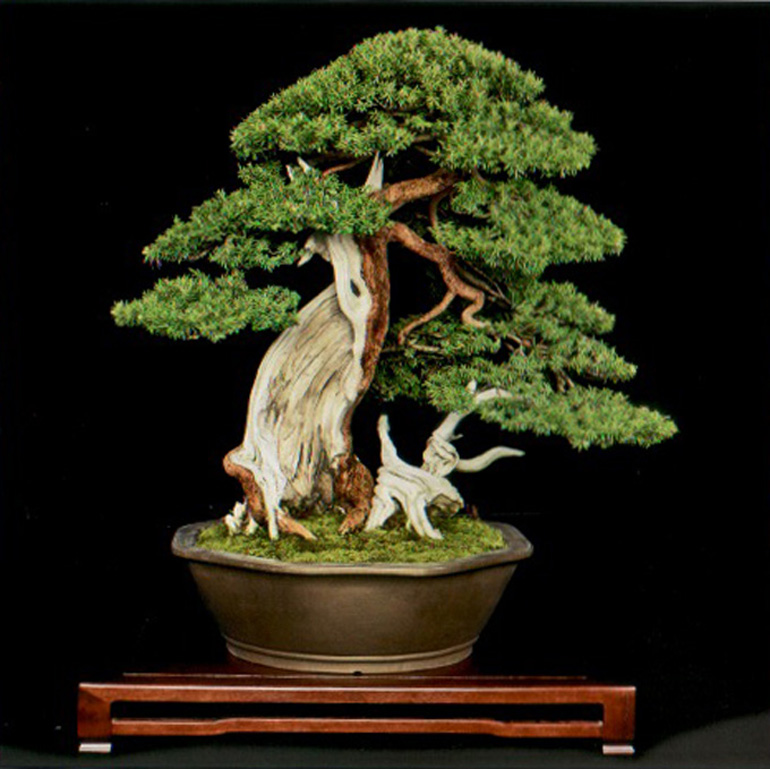
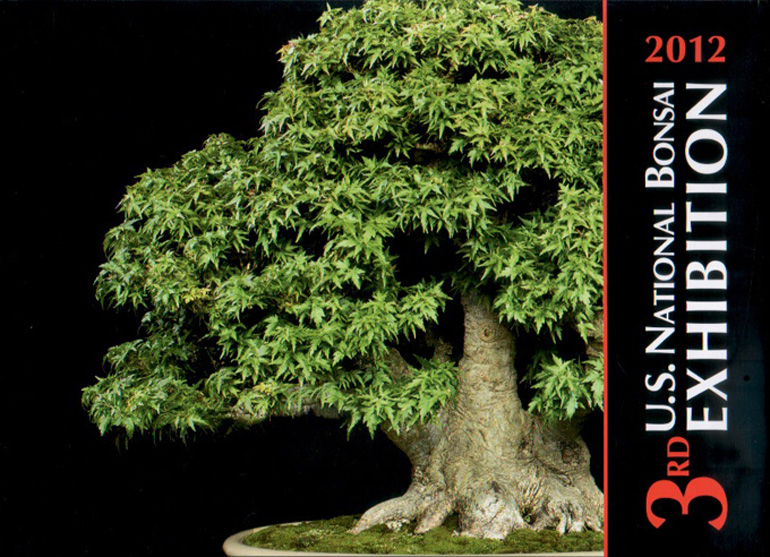
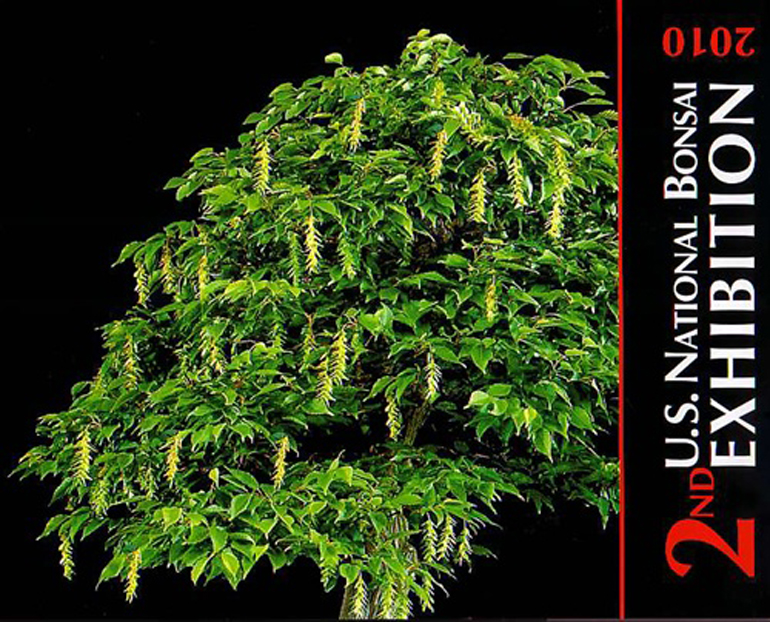
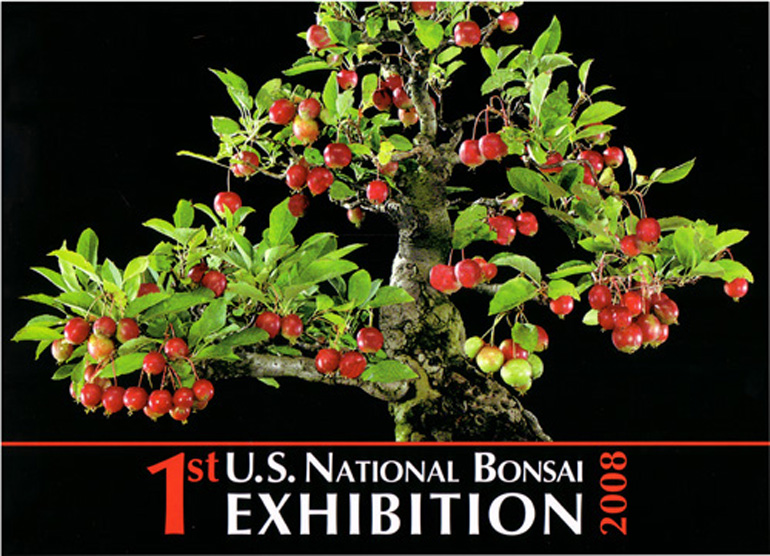 Alas, the The 1st U.S. National Bonsai Exhibition Album is out of print.
Alas, the The 1st U.S. National Bonsai Exhibition Album is out of print.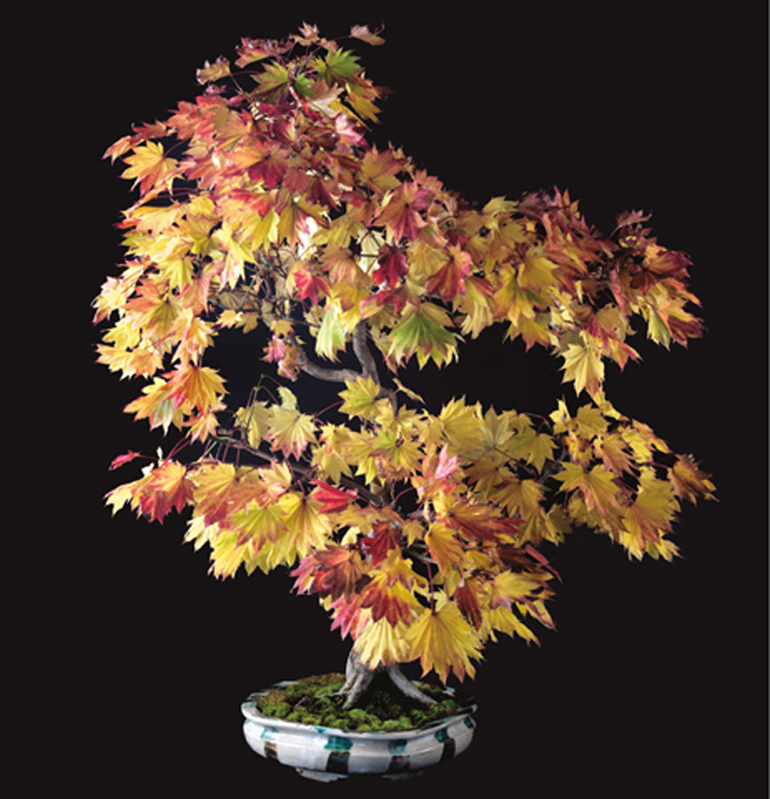
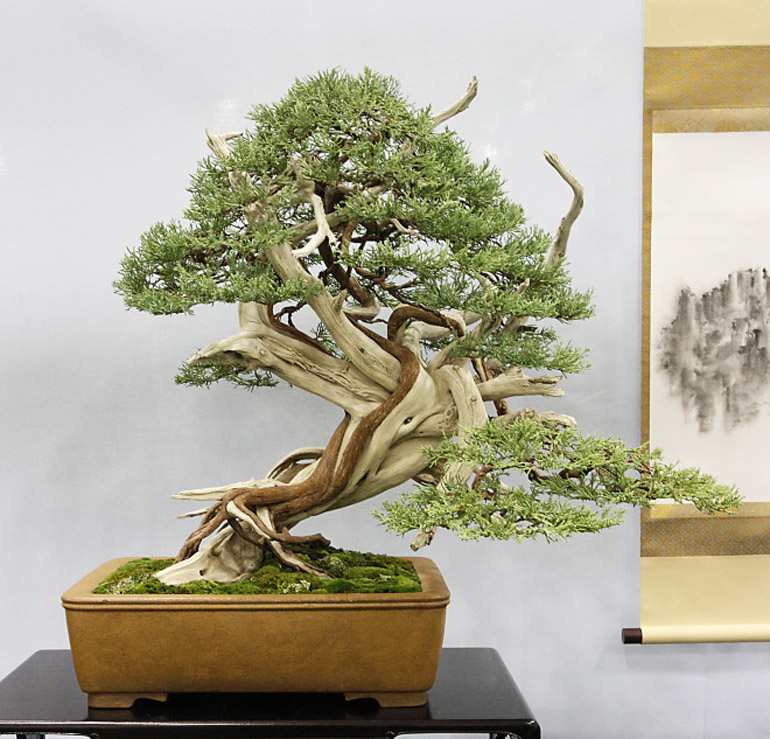

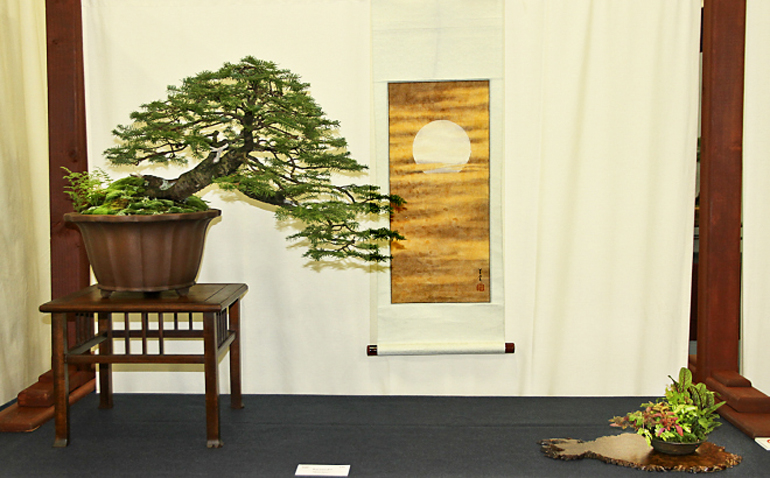
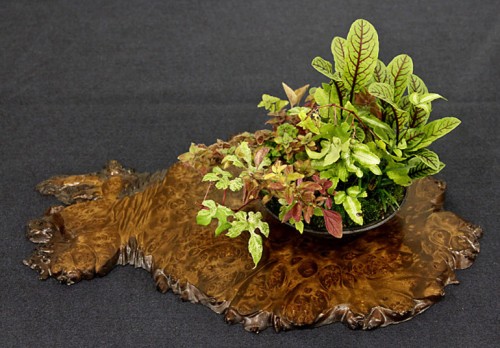
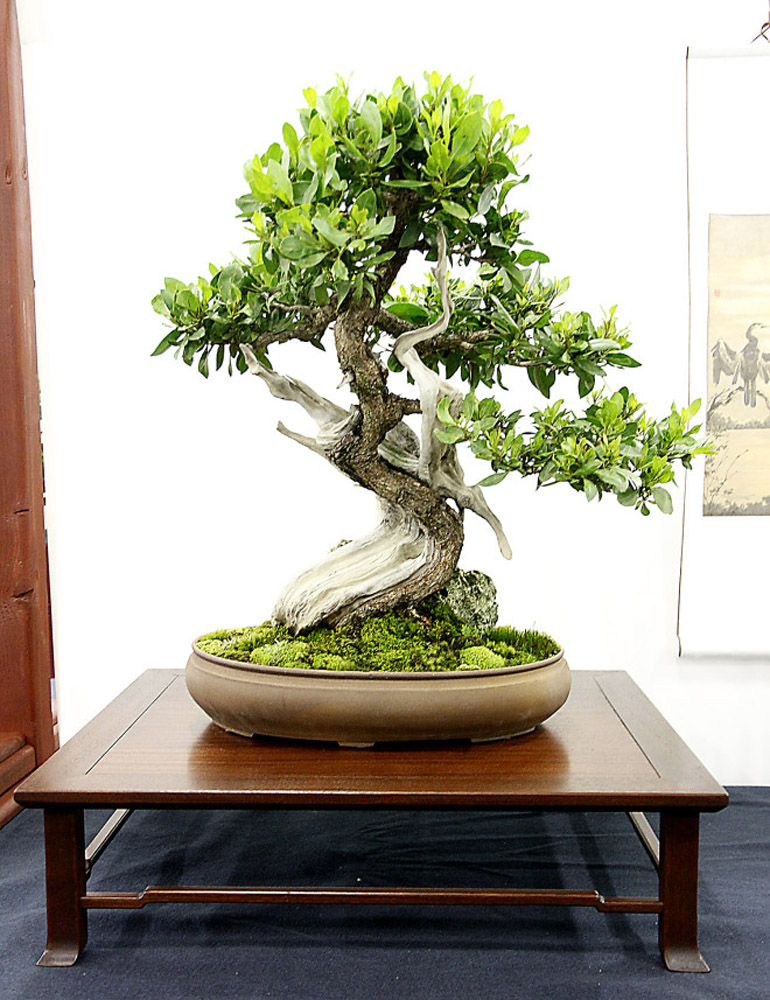
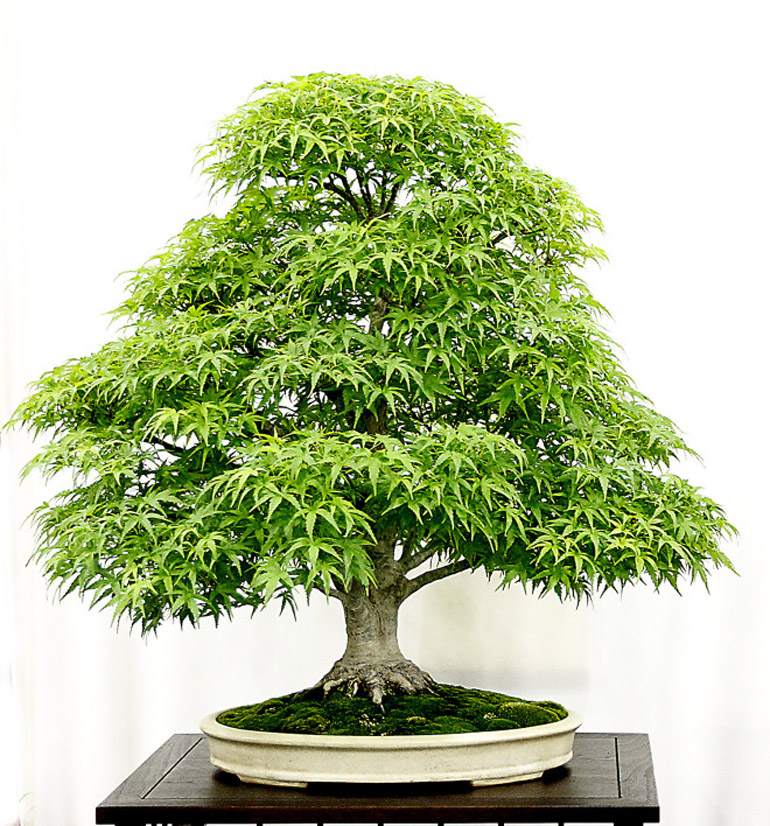
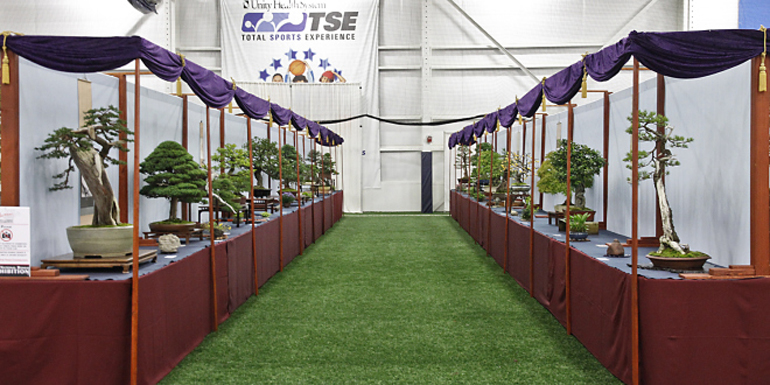
 The National Award, Finest Bonsai Masterpiece. American Elm. Suthin Sukolosovisit. We might as well start at the top. Not only is it a great broom style bonsai and the award couldn’t have gone to a more accomplished bonsai artist, but it’s the leaf size that must have caused a double take by anyone who knows American elms (see below).
The National Award, Finest Bonsai Masterpiece. American Elm. Suthin Sukolosovisit. We might as well start at the top. Not only is it a great broom style bonsai and the award couldn’t have gone to a more accomplished bonsai artist, but it’s the leaf size that must have caused a double take by anyone who knows American elms (see below).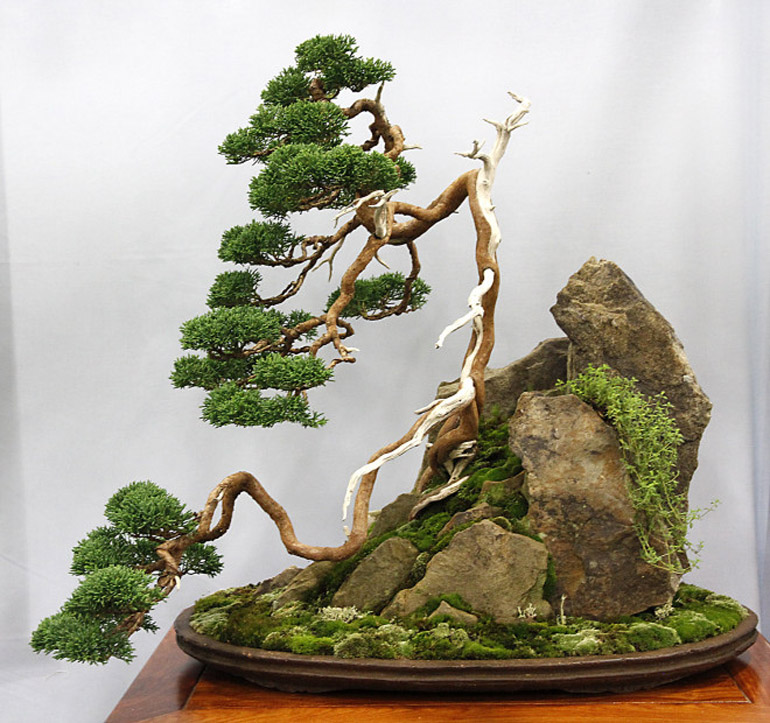 Ho Yoku Award, Finest Innovative Bonsai Design. Sargent Juniper. Colin Lewis. This was one of the trees among an ocean of powerful bonsai, that immediately jumped out at me. It’s hard to tell just how large this remarkable and undeniably distinctive bonsai is, but if you could see it up close, you might marvel at the challenge it presents when it’s time to move it from one place to another (large bonsai with rocks add a little spice to the aging process).
Ho Yoku Award, Finest Innovative Bonsai Design. Sargent Juniper. Colin Lewis. This was one of the trees among an ocean of powerful bonsai, that immediately jumped out at me. It’s hard to tell just how large this remarkable and undeniably distinctive bonsai is, but if you could see it up close, you might marvel at the challenge it presents when it’s time to move it from one place to another (large bonsai with rocks add a little spice to the aging process).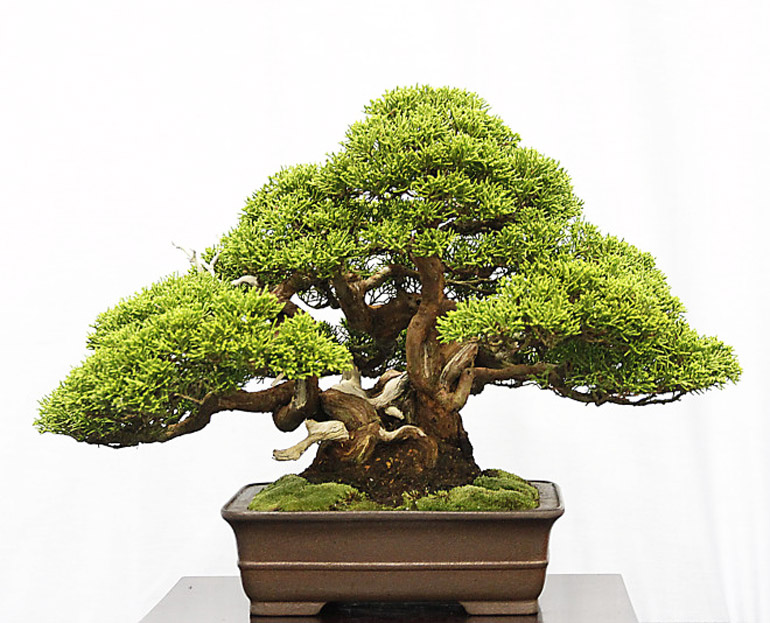
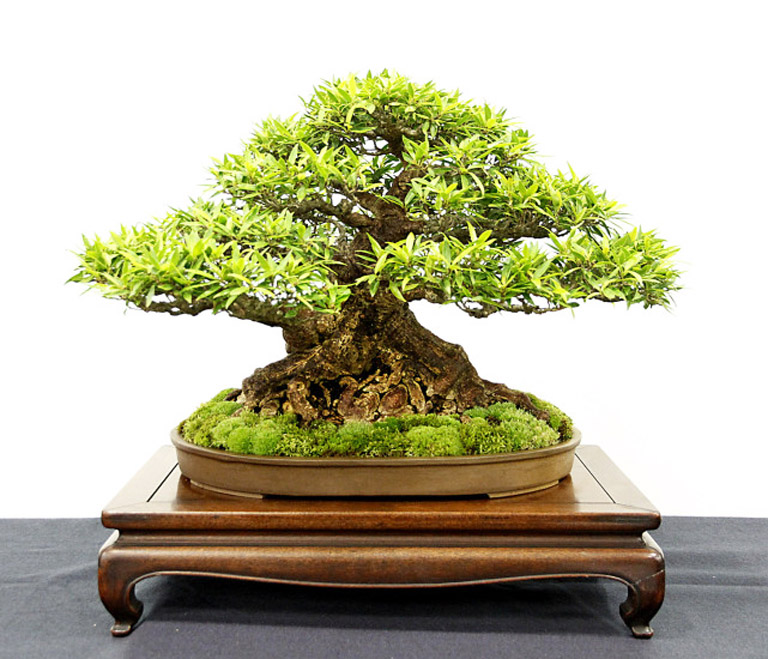
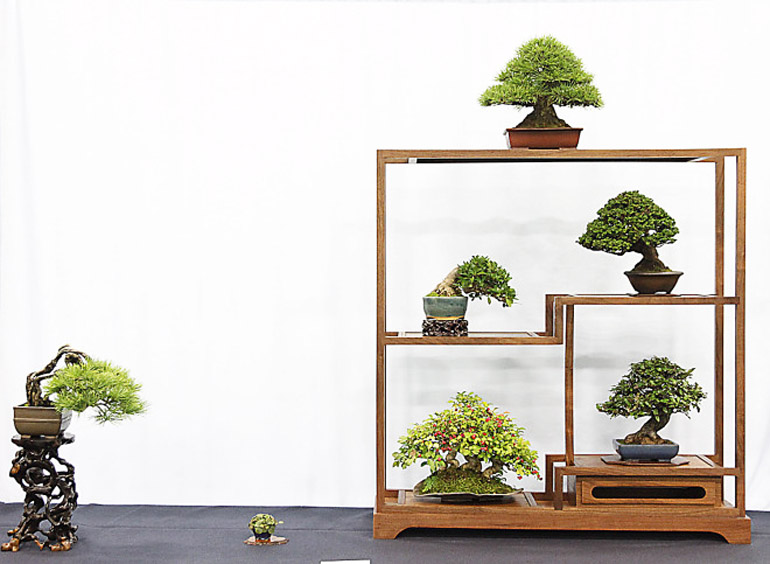
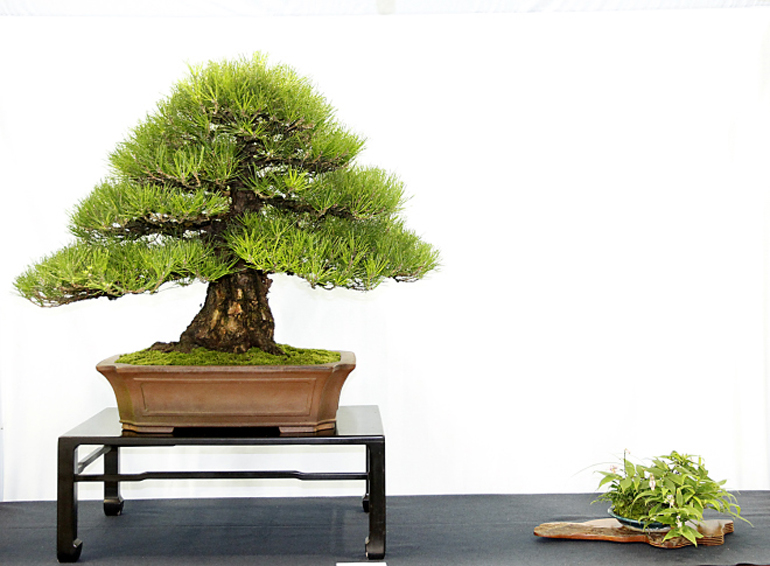 Nippon Bonsai Association Award. Finest Japanese Style Display. Japanese Black Pine. Brussel Martin. Here’s another one that jumps out at you. It’s the power that grabs your attention. Then once it has your attention you might appreciate how well refined it is. No mean feat with a Japanese black pine.
Nippon Bonsai Association Award. Finest Japanese Style Display. Japanese Black Pine. Brussel Martin. Here’s another one that jumps out at you. It’s the power that grabs your attention. Then once it has your attention you might appreciate how well refined it is. No mean feat with a Japanese black pine.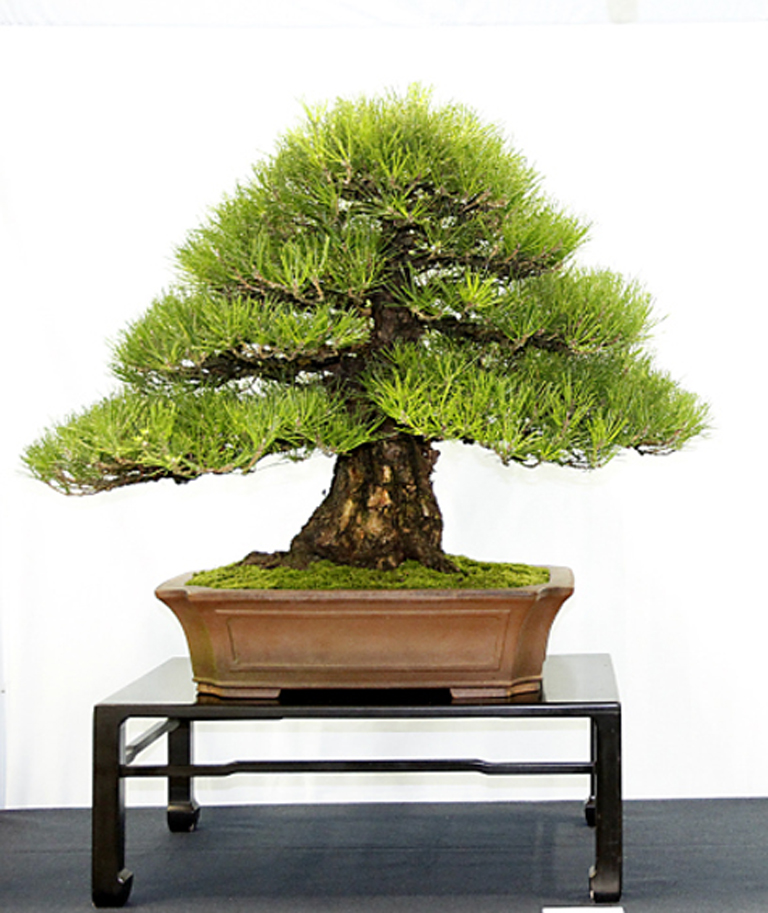 I cropped the photo above so you could get an idea of the magnitude of this tree and also the way the bark speaks of great age. Still, the awesome power of a bonsai like this can never be fully captured in a photo. A good reason to visit a top-notch bonsai show from time to time.
I cropped the photo above so you could get an idea of the magnitude of this tree and also the way the bark speaks of great age. Still, the awesome power of a bonsai like this can never be fully captured in a photo. A good reason to visit a top-notch bonsai show from time to time.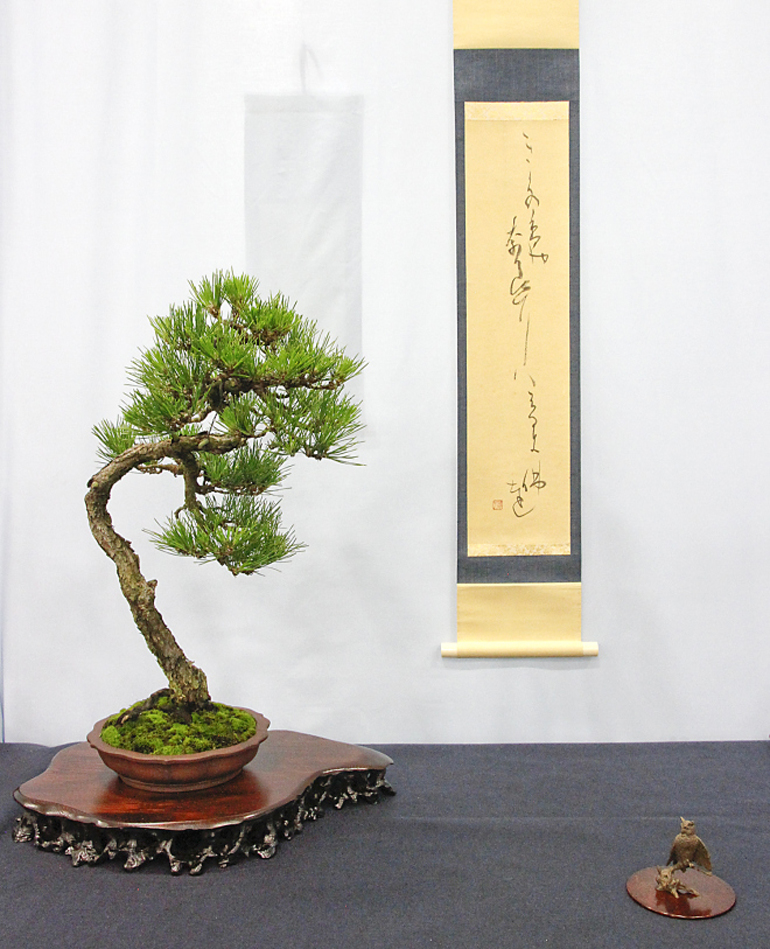
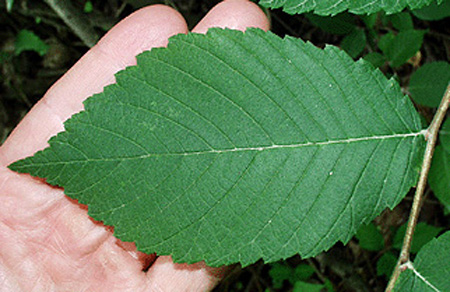
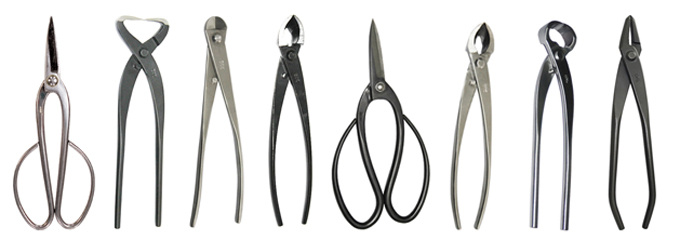

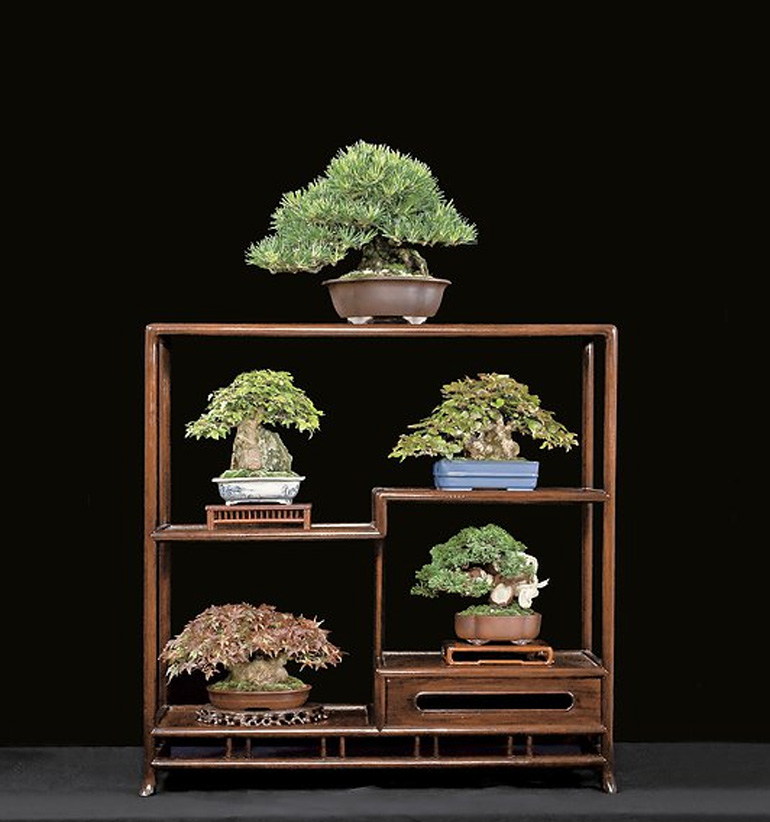 This
This 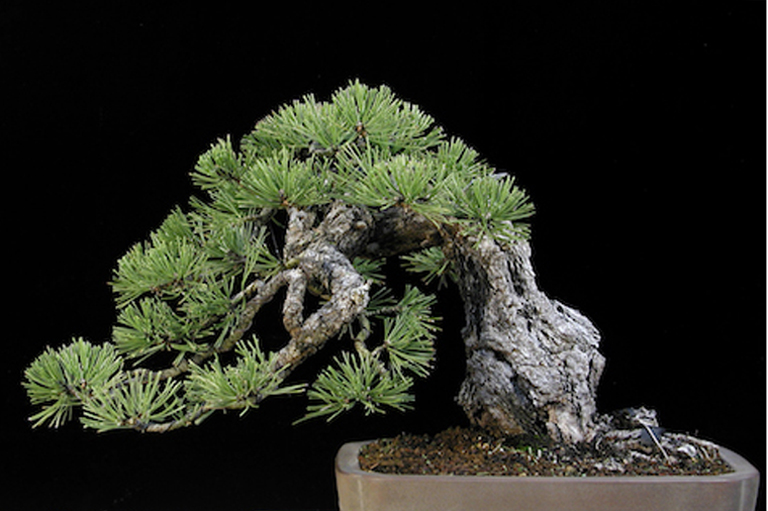 Though
Though 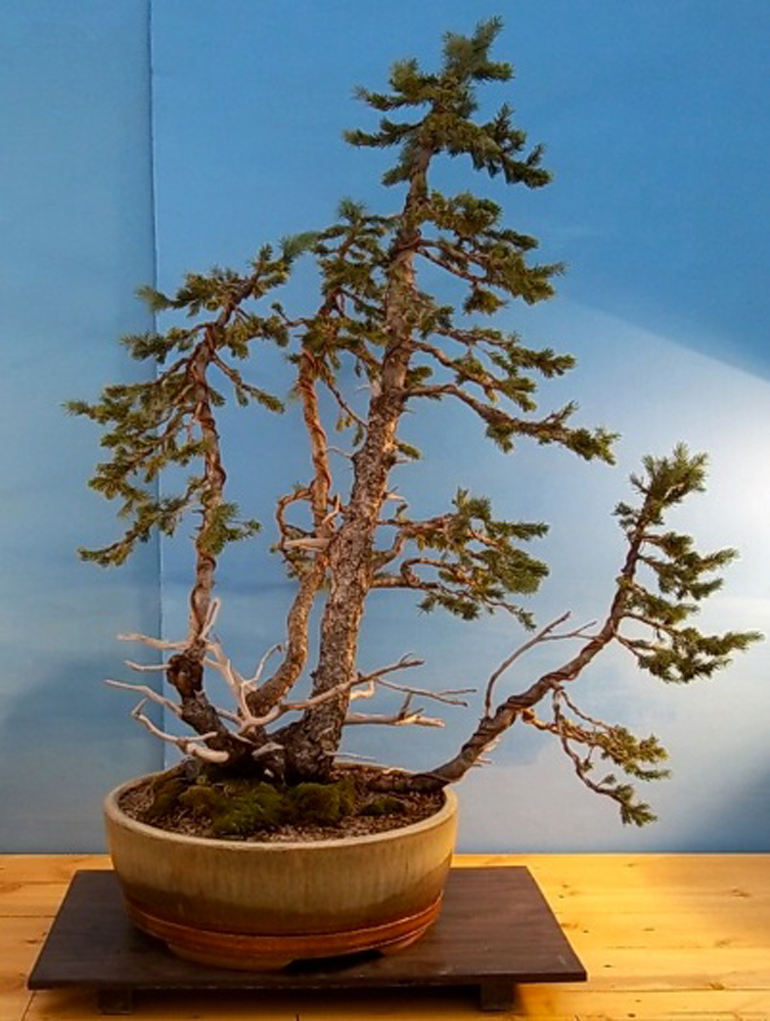
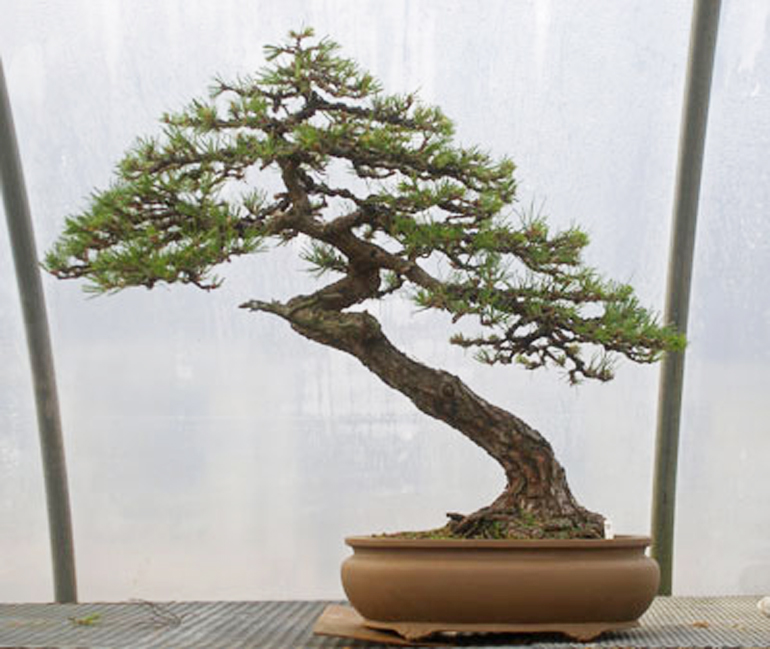 This elegant, fluid
This elegant, fluid 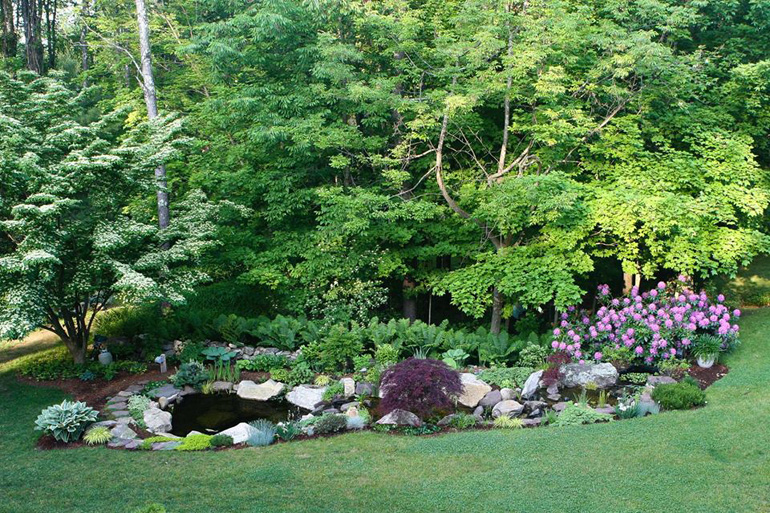 Okay, this waterfall garden is clearly not a bonsai. But any beautiful Japanese influenced garden is a close cousin. It belongs to
Okay, this waterfall garden is clearly not a bonsai. But any beautiful Japanese influenced garden is a close cousin. It belongs to